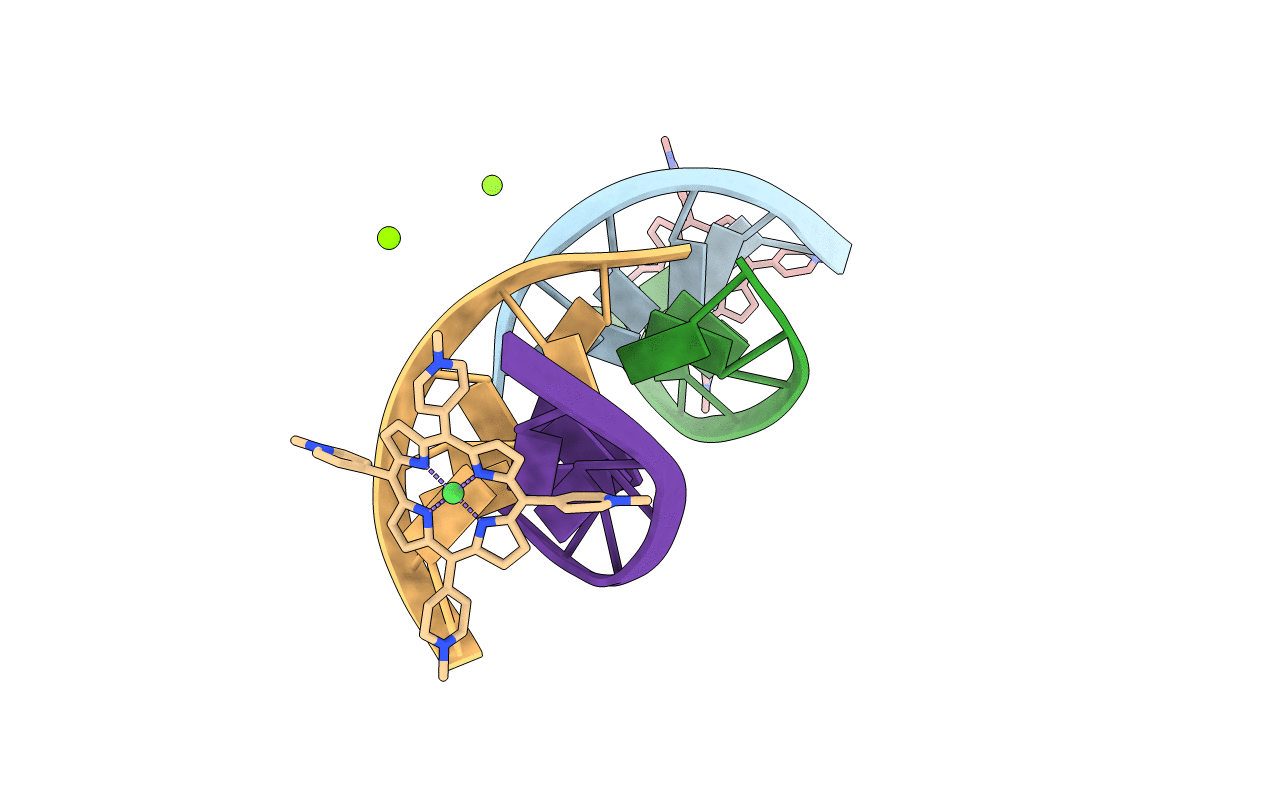
Deposition Date
2000-03-14
Release Date
2000-08-21
Last Version Date
2024-02-07
Entry Detail
Biological Source:
Source Organism:
Method Details:
Experimental Method:
Resolution:
0.90 Å
R-Value Free:
0.17
R-Value Work:
0.15
R-Value Observed:
0.15
Space Group:
P 41


